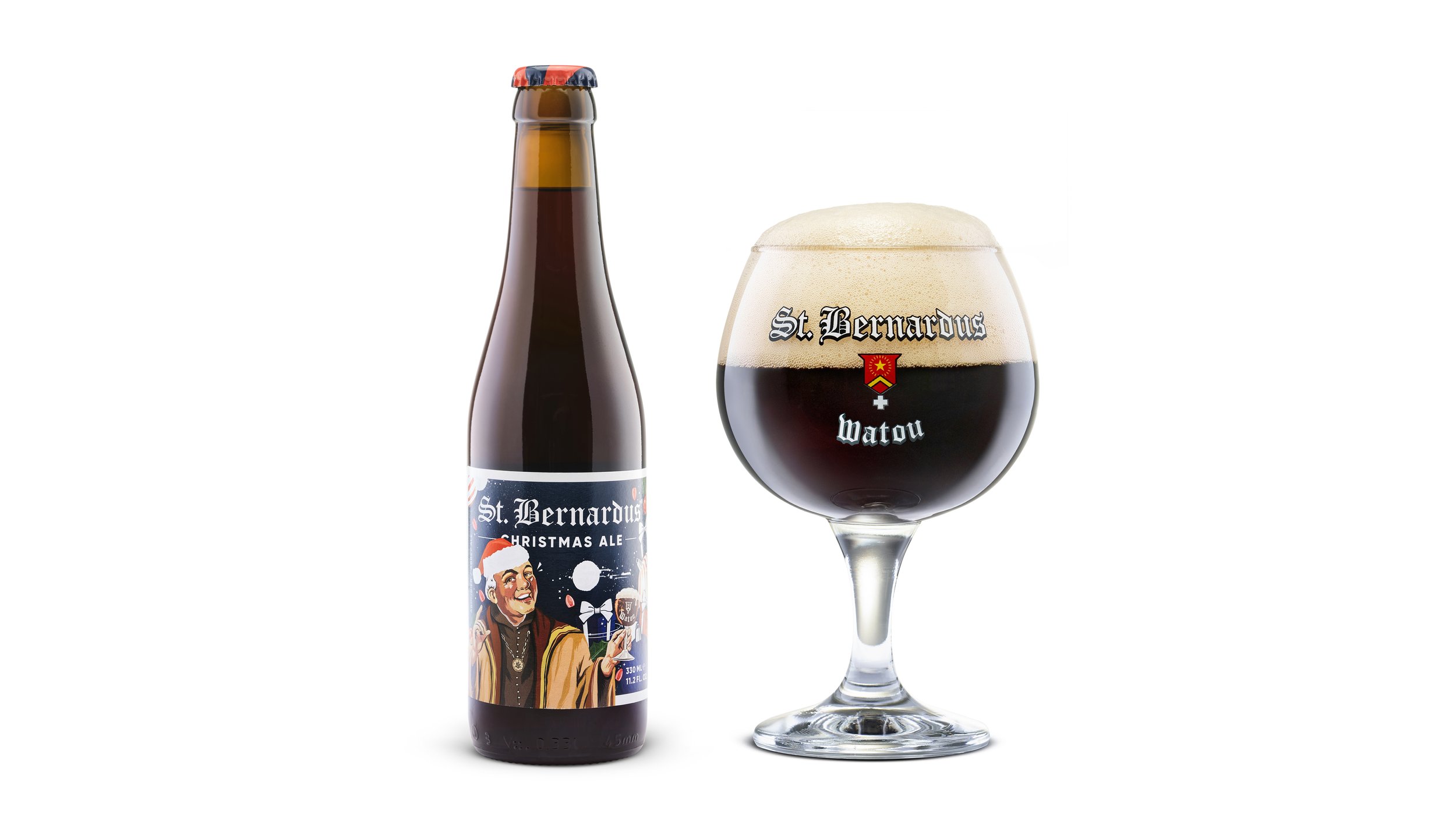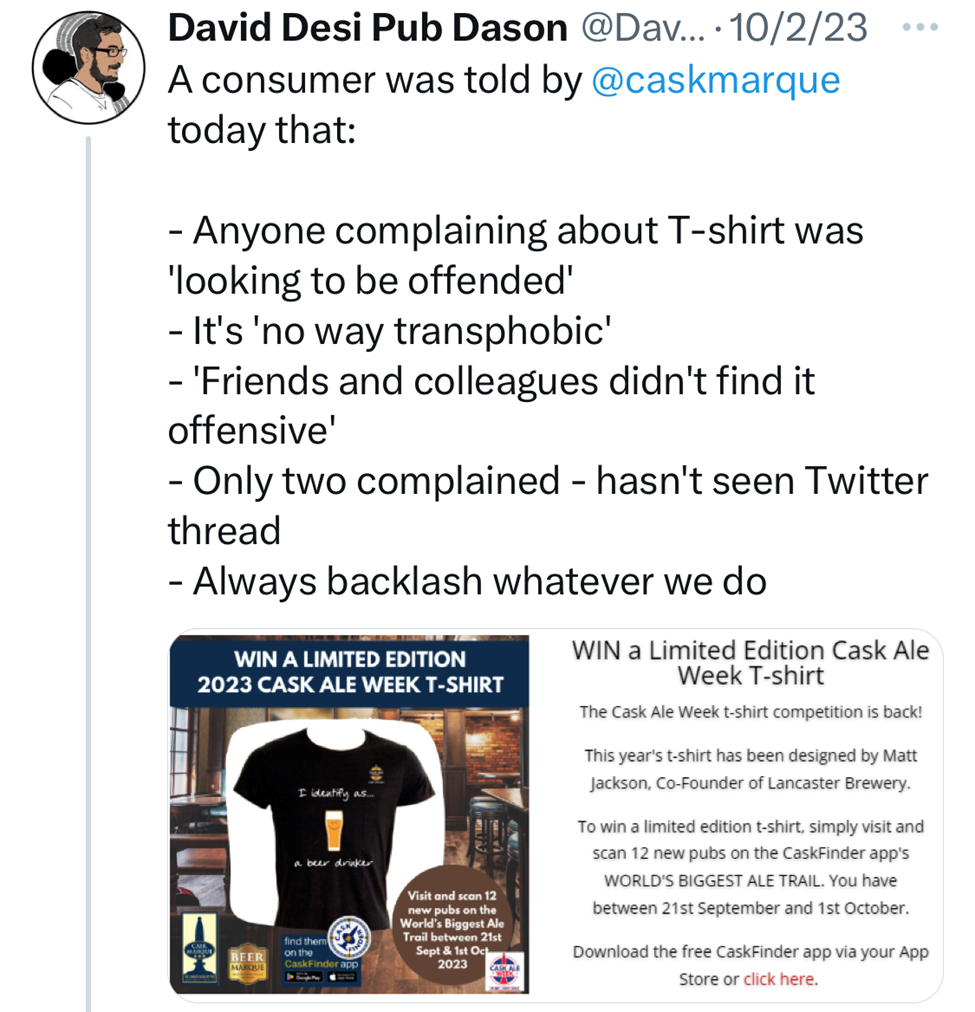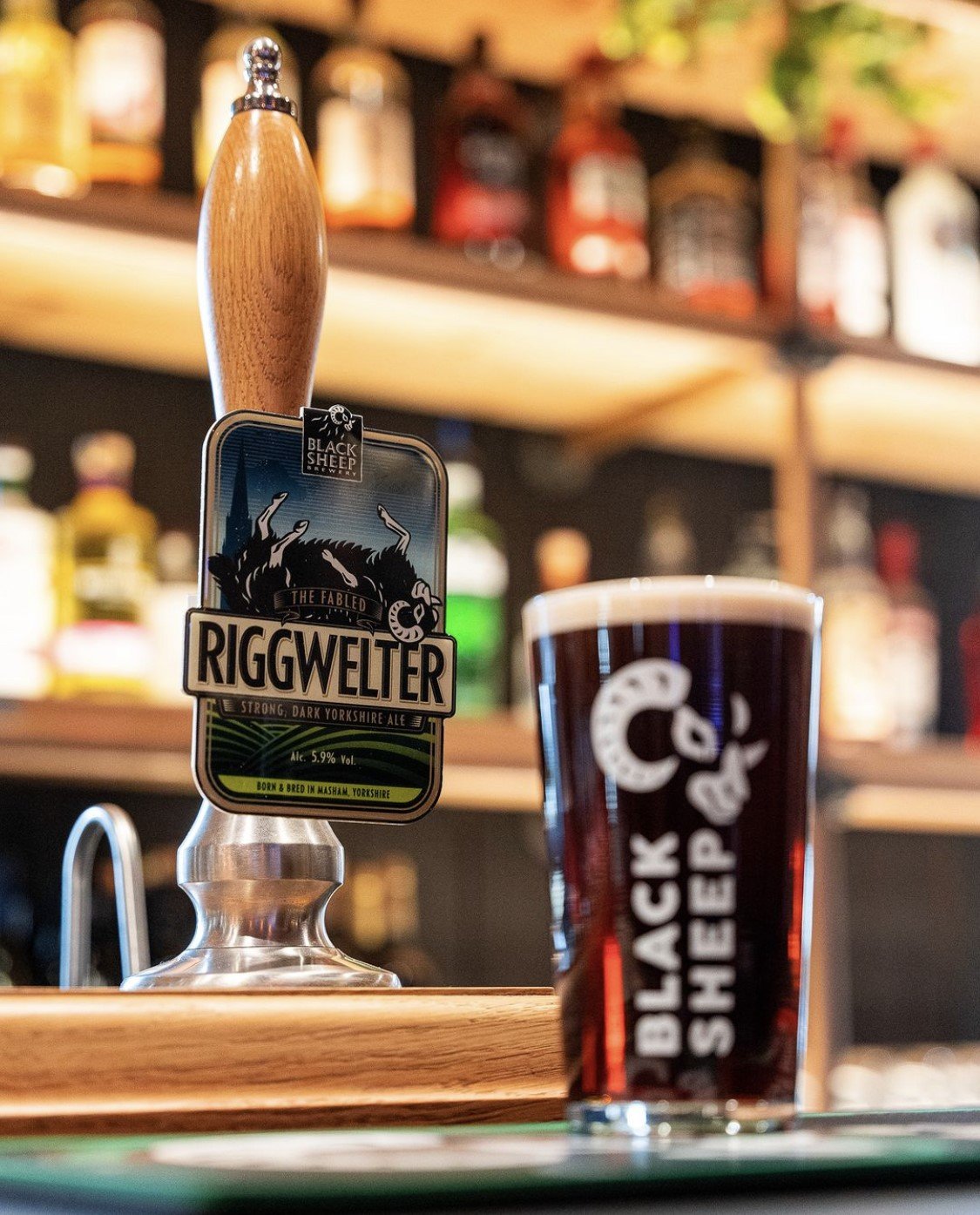I don’t know why I’ve been thinking about Irish Red Ales this St. Patrick’s Day season. It may be because I’m working on a post that includes an experience I had ordering a Smithwick’s at the shuttered Mahar’s Public Bar in Albany, NY when the beer first came to the US. It sounds crazy in 2024, but at the time, people were really excited about it.
Maybe it’s because maltier, traditional ales like English-style Milds are kind of a thing right now. Brett Taylor, Co-Founder and Head of Brewing at Brooklyn’s Wild East Brewing agrees. Brett explains, “I think balance is having a moment, and I think malt-forward and easy-drinking ales are resonating with people after so many years of double/triple/imperial/pastry/smoothie/desert, etc.”
In addition to making some great Milds, Brett used to brew an Irish Red Ale for the Irish Pub The Wolfhound in Astoria, Queens (read a little bit about that here). Ultimately, the partnership didn’t make sense for Wild East given the limited volume of Red Ale that was in need and the scale of their brewhouse. But it was a fantastic beer.
As the market has shifted a little bit, I wonder if making an Irish Red Ale in volume might make more sense now.
“Six months ago, I’d have said the challenge to brewing Irish Red is selling it”, Brett tells me. Yet, today, he’s having success with several of his malt-forward brands. Speaking to Irish Red Ale in the current market, he says, “I think up is down, down is up and the sun sets in the east. For whatever reason malt-forward beers are doing really well right now, which is to say relatively—they’re not going to hang with a pilsner or any IPA anywhere. But they’re not DOA as they were for so many years.”
Irish Red Ale is an oddball style. Many people are actually not even cool with calling it a style, and it raises the problem of having to place everything in a category. Categories that have very specific parameters (e.g. malt, hops, SRM, IBU, etc.) I’m totally fine with simply calling any reddish-colored ale from Ireland an Irish Red Ale. If you disagree, you may want to stop reading. Beers outside of Ireland using that style classification have a higher burden of proof, and it’s reminiscent of my thoughts on Mexican Lagers (i.e. what really makes the beer “Irish”?)
If you want to know more about the history of Irish Red Ales in Ireland, I highly recommend the three-part series over at the IrishBeerHistory blog. Liam, the author of the blog, wraps up the highly detailed series with a quite fitting quote here, saying, “let us not fixate too much on the subject of labels and just drink and brew more red ales.”
So, let’s talk about some of the beers. And to do that, we probably need to start with Smithwick’s. Smithwick’s is an Irish ale dating back to the 1960s, and it’s part of the Guinness/Diageo empire. While Killian’s may have started the whole “Irish Red Ale” thing, it is Smithwick’s that many think of when the style is mentioned. And honestly, Killian’s, a lager, is really not something that has much relevance in talking about what Irish Red Ale is today, and what it could be.
Smithwick’s is not a great beer, but it’s not terrible either. And tasting it makes you see that if someone wanted to, the beer could easily be great. That’s not necessarily for Smithwick’s to do. I’m sure they could care less. Rather, it should serve as inspiration for other skilled brewers out there. And that’s what many have done.
Unfortunately, most Irish ale brands don’t make it here to the US and I’ve never been to Ireland. So, I can’t speak from great experience. Though I’ve periodically seen O’Hara’s and Lough Gill on shelves here (and Porterhouse even had a pub in New York City), aside from Smithwick’s, the only other Irish Red I’ve had from Ireland recently was Sullivan’s.
Sullivan’s Brewing Company began in 2016, but it claims its origins go back to 1702. It is a revival of a defunct brewery in Kilkenny in partnership with members of the Smithwick family, as well as descendants of the Sullivan family who owned the original brewery, per the fluffy, somewhat misleading/inaccurate Sullivan’s webpage.
Their take on the Irish Red Ale certainly packs more heft and flavor than Smithwick’s. To those who think of Irish Red Ale as more of a Scottish Ale, this beer would support that claim. On balance, it still seems lacking.
Over in the US, Irish Red Ales were quite common at one time, and while many were subpar, others really excelled. They’re a bit scarce these days. I recently sampled Conway Ale by Great Lakes Brewing Company and 3Floyds’ Return of the Ancients.
The Great Lakes version could serve as a standard, though it is a bit on the strong side at 6.3-percent ABV. It has a robust mouthfeel and a distinct malt profile that really sets it apart from other Red/Amber Ales.
Not surprisingly, the 3Floyds version packs a hoppy punch and doesn’t seem incredibly far off from other hoppy American Ambers. It is, perhaps, a bit maltier, and has a little more fermentation character. This beer is a bit stronger than the Conway Ale at 6.5-percent ABV (and 40 IBUs).
Back in Ireland, smaller brewers continue to embrace Irish Red Ale. Galway Bay Brewery makes one they call “Bay Ale”. A recent Instagram post of theirs describes the beer like this, “A subtle hoppiness on a rich, but easy roasted malt base…Proud to have this modern classic of a style in the core range.”
The sessionable beer is 4.4-percent ABV and includes Irish malts in the grain bill. Lough Gill comes in even lower with their Anderson’s Irish Red Ale at 4-percent ABV. That beer also includes some roasted malt.
Galway Bay Brewery Bay Ale. Image source: Galway Bay Brewery.
Lough Gill Anderson’s Irish Red Ale. Image source: Lough Gill Brewery.
Dublin’s Porterhouse Brewing Company bluntly addresses the stereotypes of Irish Red Ales on their webpage:
“Irish red ales? Yes, we know. Sweet, a bit cloying and, well, no thanks. So, it was brave of us (we say bravely) to put the words “red ale” after our own moniker. Why the hell would we do that?
Because this is a real red ale, an ale to conjure with that happens to be reddish in colour. More importantly, it’s exuberantly, joyfully fruity with a bit of malty caramel.
But sweet? No way. Balanced, yes. Fresh, yes. Aromatic, yes. In fact, we say yes, please.”
I appreciate this. Irish Red Ale doesn’t have to be what some stereotypes about it say they are. They’re making a Red Ale that’s Irish. Take it or leave it.
What I find most fascinating and promising about contemporary Irish Red Ales is what’s happening at Ballykilcavan Brewing Company. The family that owns the property at Ballykilcavan has been there for thirteen generations and the farm brewery was started as a means to sustain the property and its economic viability for future generations.
All the barley used in Ballykilcavan beer is grown on the property and is malted just a few miles away at Minch Malt. Their water is sourced from the property as well. They’re even growing a little bit of hops.
Their Brickyard Red Ale may be the most Irish of all the Irish Red Ales out there. Like many, if not all, of the others mentioned above, the grain bill includes a touch of roasted barley.
The picturesque Ballykilcavan Brewing Company. Image source: Ballykilcavan Brewing Company.
There’s tons of potential for great Irish Red Ales. Like the beer the country is better known for, Irish Red Ales can be sessionable beers enjoyed at the pub, with low enough alcohol and enough of a dry finish that a couple of rounds will do you well for a bit of craic (look it up). But the beer can also be a bit more versatile when it comes to food pairing than Dry Irish Stout.
And Irish Red Ales don’t need to be monolithic. There’s certainly a place for stronger versions like the ones found in the US. Served at the proper temperature, those can do well on special occasions or on a cold winter night by a fire.
Athletic NA Irish Red. Image source: Athletic Brewing Co.
On the opposite side of the spectrum, there’s also NA Irish Red Ale. Believe it or not, Athletic has already made one.
Perhaps one of the best opportunities for Irish Red Ale is how well the style lends itself to natural carbonation and cask dispense. Though cask beer is not necessarily ubiquitous in Ireland, or anywhere else for that matter, who cares? It can be superb from a handpump. Let’s make it happen.
Sláinte!


































